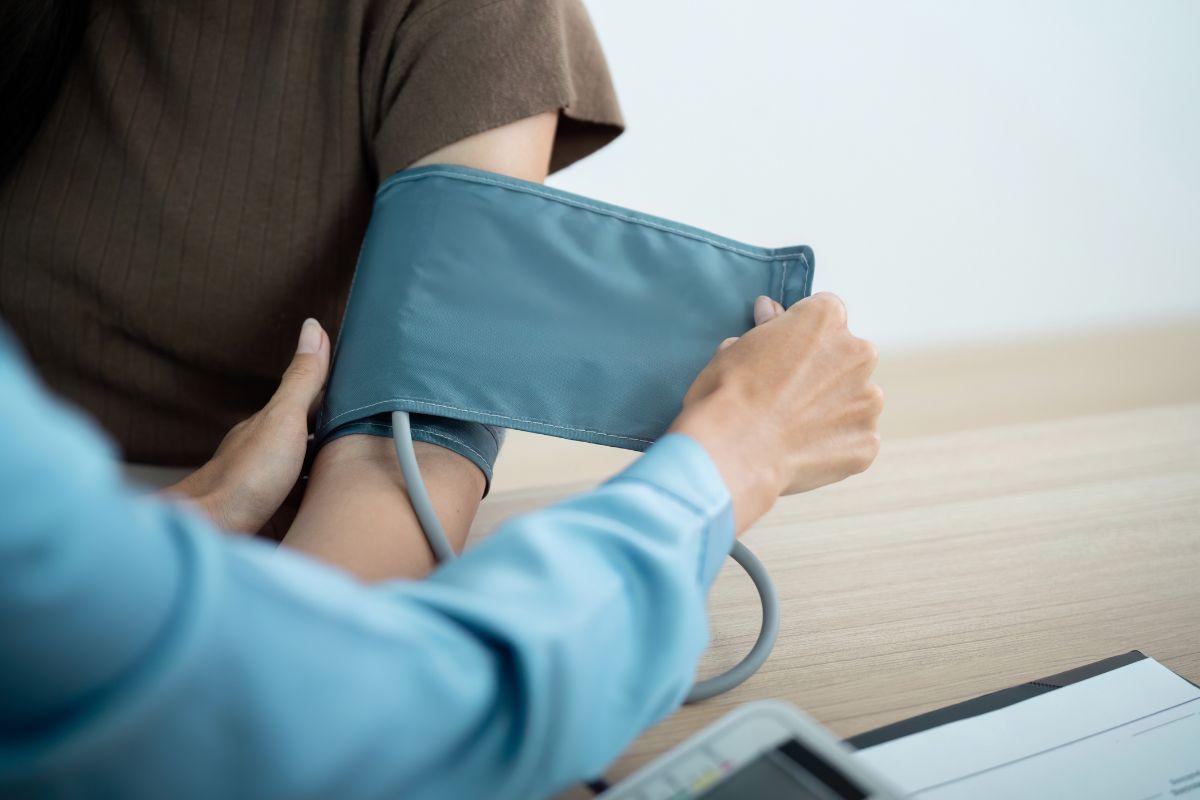Written by Mr Robert Henderson for Doctify
An eye injury is pretty hard to ignore. But how do you know if its serious or when to seek medical help? Here to tell us all about retina injury and other eye-related problems is Ophthalmologist, Mr Robert Henderson.
What part of the eye is the retina?
The retina is the photosensitive tissue in the back of the eye – the ‘film in the back of the camera’ if you like. It has two main cell types, the rods – located in the peripheral retina, and responsible for night time vision – and the cones located in the greatest density in the central retina – the macula – which is responsible for daytime central vision, colour vision, and fine reading vision.
What are the most common retina surgeries?
Problems in the retina arise most commonly from its relationship with the vitreous, the gelatinous structure that fills the majority of the eye. As we get older the vitreous degenerates and separates from the retina. This can cause a number of problems including retinal tears, retinal detachments, and central macular disorders such as epiretinal membrane or macular hole. Retinal detachment surgeries are, most commonly, emergency procedures that need to be done as soon as possible to prevent blindness; macular surgery is elective work that is performed to improve the quality of central vision, to reduce distortion and blur.
Retinal detachment surgery is performed in one of two main ways: either with a ‘scleral buckle’ – a silicone band that is stitched to the outside of the eye to indent the wall of the eye onto the retinal detachment; more commonly now though retinal surgeons perform vitrectomy surgery – this is surgery performed inside the eye through sutureless tiny ‘keyholes’. We remove the vitreous gel, and treat the retinal detachment inside the eye using laser or freezing treatment. A vitrectomy is also performed as part of macular surgery. Frequently we will use inert gases or silicone oil that we inject inside the eye to hold the retina in place and help close the retinal tear or macular hole.
What is the recovery time?
The discomfort from retinal surgery is usually fairly minimal; the eyes might be a little scratchy for the first couple of days. The greater issue with recovery relates to the gas or oil bubble that might have been put into the eye. The aphorism is ‘put the bubble on the trouble’ so with a retinal detachment or a macular hole we are looking to position the bubble of gas onto the hole or tear in the retina; this involves a patient having to posture or lie in a particular position for a period of time. It is also vital to understand that a patient must not fly with a gas bubble inside the eye.
Are you put under general anaesthetic for retina surgery?
Not necessarily, no. In fact, the majority of eye intraocular surgery is done under local anaesthetic. There is always an option for some sedation or a general anaesthetic though if the thought of being awake is more than a patient can bear!
What should you do if you suspect you have an eye injury?
An eye injury accompanied by any loss of vision should always be taken seriously. Many local hospitals will have an eye casualty. Failing that Moorfields has an A&E that is open 24hr.




